
Instead, they are arranged to maximize the surface exposed to air. So, the “coil” is a length of metal tubing bent back and forth along a grid to create a large surface for heat transfer. The two types of coil work together to cool air in the following steps: The evaporator coil inside your indoor unit contains extremely cold refrigerant.
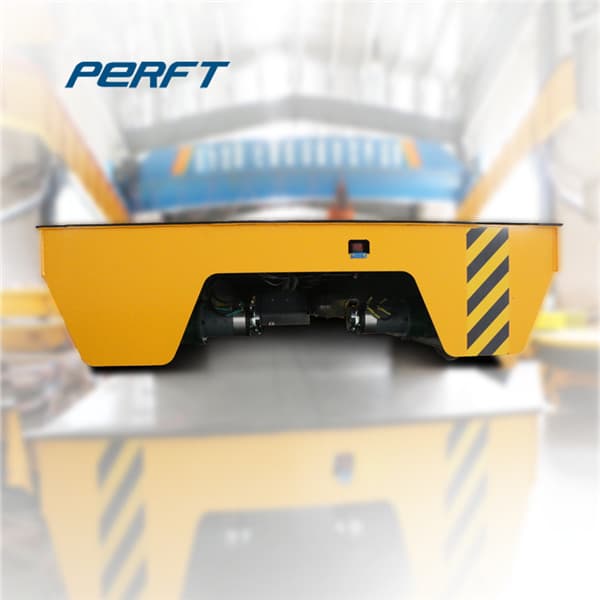
Woven Coils Enhance airflow and heat transfer while resisting corrosion and leaks, offering better reliability than traditional copper and aluminum coils. ComfortLink® II Communicating Controls Enable the thermostat, the indoor unit and the outdoor unit to communicate with each other, maximizing system efficiency, comfort, and reliability.
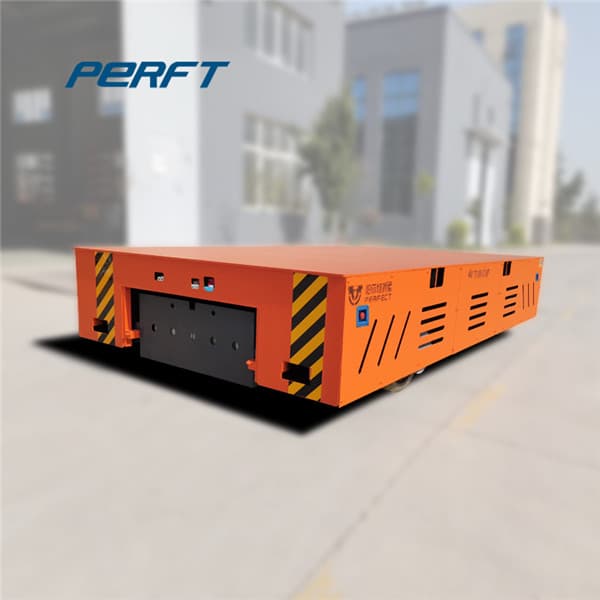
Coil Transfer Trolley,Steel Coil Transfer Cart--Perfect Coil Heavy Load Battery Powered Transfer Vehicle Lithium Battery Powered Industry Track Custom Transfer Cart Custom Industr
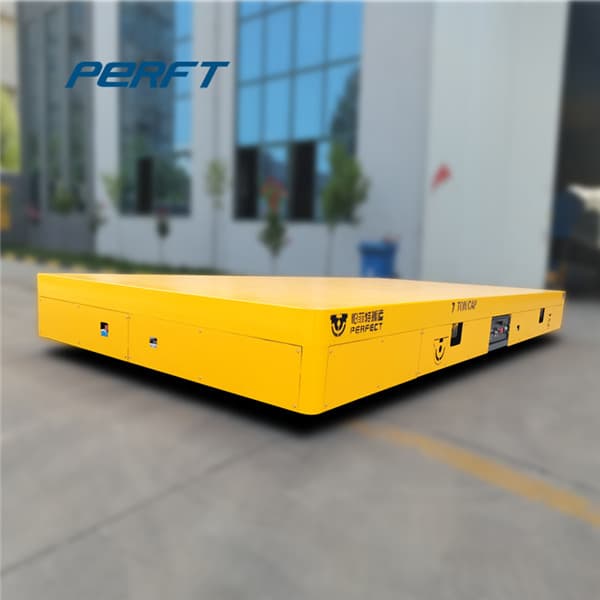
2.5 Tons. The Goodman CAUF3030B6 uncased evaporator coil is designed to have a 2.5 ton output when installed with a condenser and a blower or furnace. In some system configurations, this coil tonnage will be larger than the condenser’s tonnage to maintain the unit’s efficiency. Please note that in order for this coil to function, a furnace

Big Rig Towing often has to make use of its 75-ton rotator to lift overturned trailers and many other heavy objects related to rig accidents. So that being said, not just cars and trucks can be towed, but almost anything that will move can be towed.
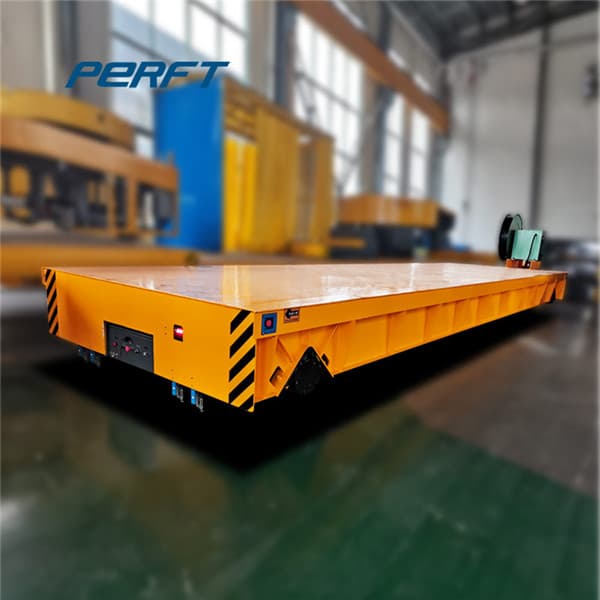
Aimix Group Co., Ltd E-mail: inquiry15@aicranes.com Mobile & Whatsapp: +86 185 6998 5303 (Steven) Tel: 0086-371-55036316 Fax: 0086-371-86612475 Address: Daxue Road, Erqi District, Zhengzhou, Henan, China
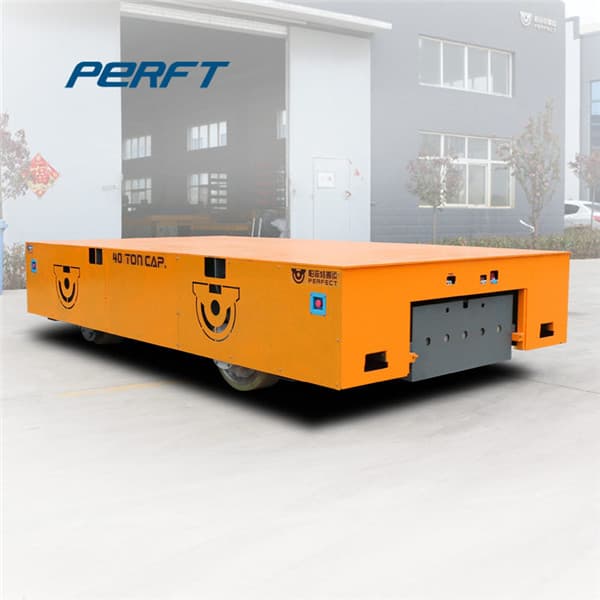
Jul 27, 2000 · In small systems (up to 2 tons), a hand-oil pump can be used to flush the coils. In larger systems, it is recommended to use a circulating pump to move the coil flush through the coils. The movement of the flushing agent quickly breaks down the hard carbon deposits, dissolves the oil and eliminates the acid in the system.
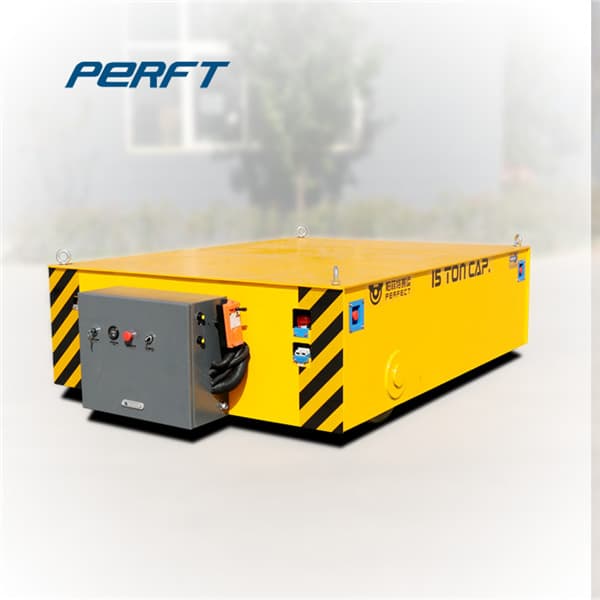
Southworth offers a variety of self propelled coil car transfer car scissor lifts for handling rolls and metal coils. Southworth coil transfer car are ideal for applications involving both relatively light coils and jumbos in excess of 75 tons. Southworth Coil Transfer Car Scissor come in 3 basic configurations. LS-Style Scissor Lift Coil Cars - for smaller, narrower coils.
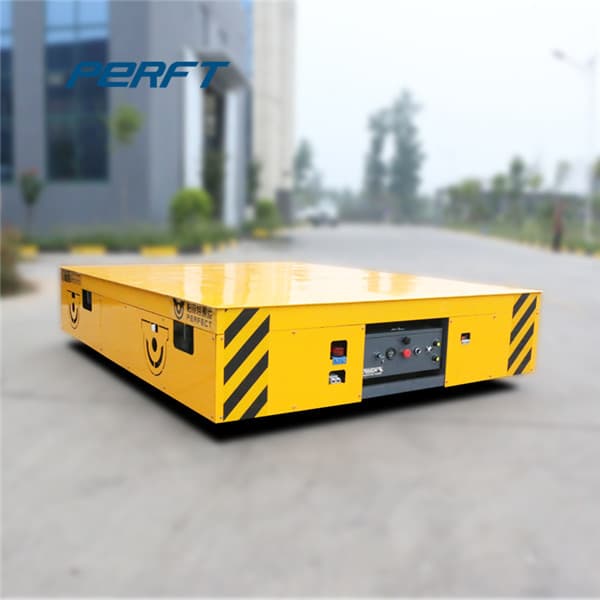
1. Cooling 80°F DB, 67°F WB air entering indoor coil, 95°F DB air entering outdoor coil. 2. High Temperature Heating 47°F DB, 43°F WB air entering outdoor coil, 70°F DB air entering indoor coil. 3. Low Temperature Heating 17°F DB air entering indoor coil. 4. Rated indoor airflow for heating is the same as for cooling.
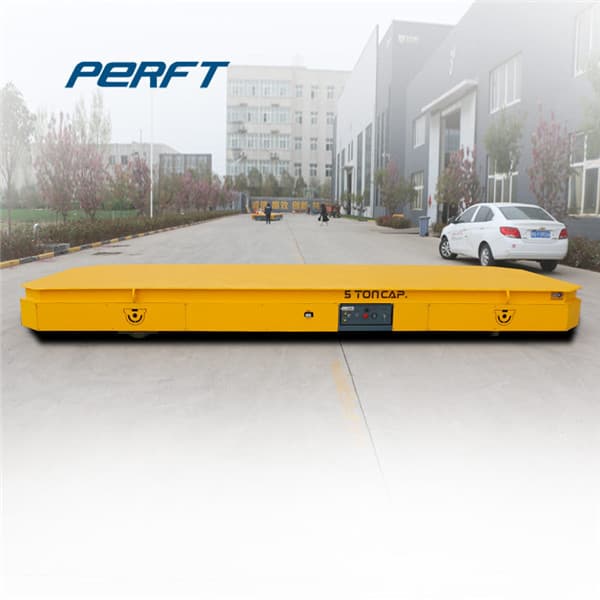
More commonly known as an indoor coil, this sturdy coil is designed to transfer heat and ensure comfort. Paired with your air conditioner, heat pump and/or furnace blower, these HVAC coils manage the transfer of heat. And, unlike copper tubes, this all-aluminum design is more durable and resistant to corrosion.
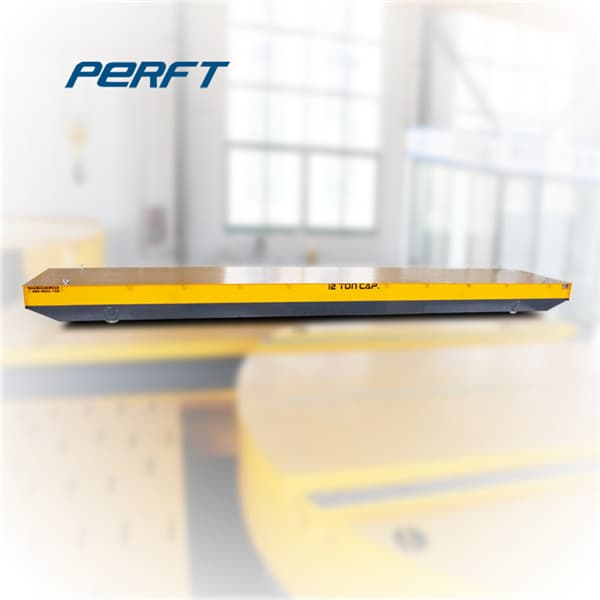
4A6H4036G1 75 84 75 70 72 67 62 57 50 off as indoor coil reaches freeze-up conditions. Used for low ambient cooling to 30°F with TXV. ... heat transfer. The coil ...

When the ductless outdoor to indoor ratio is 1:1, it’s called a mini-split. When the ratio is any more than 1:1, it’s referred to as a multi-split. Because these units are designed to cool smaller spaces, they come in a small size, with the smallest being .75 tons.
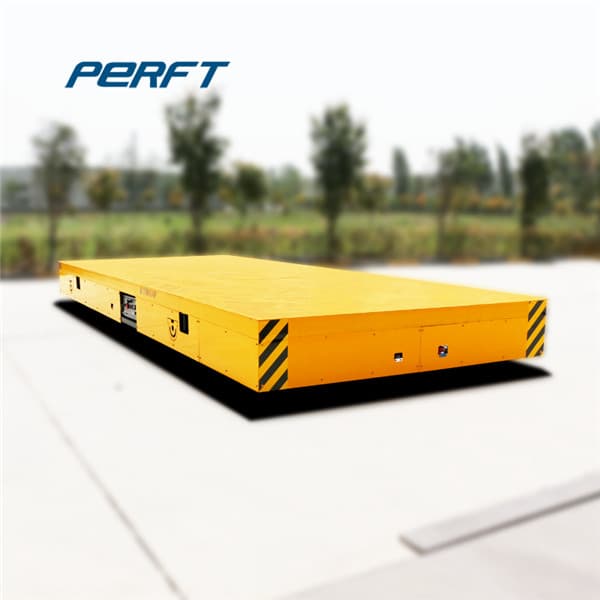
54,000 Btu/hr (4.5 tons, 16 kW). 2. Systems that require non-particulate air cleaning, such as ozone, based upon the requirements of Section 6.2.1 in ANSI/ASHRAE Standard 62.1. 3. Hospital and ambulatory surgery centers where more than 75 percent of the air supplied by the system is delivered to spaces that are required to be humidified to a
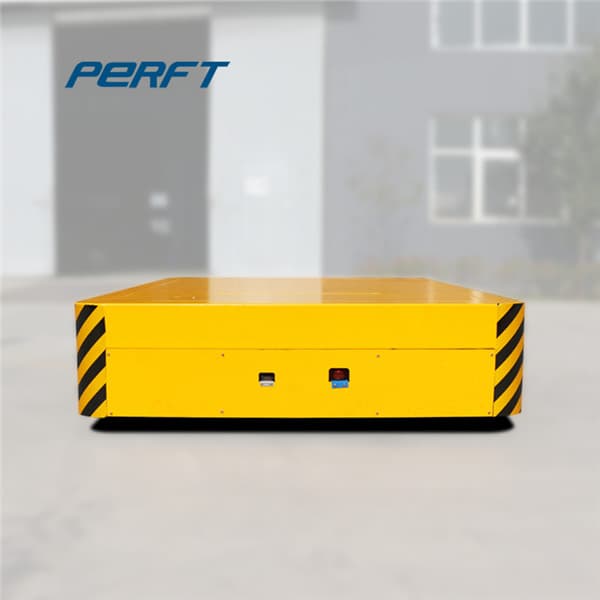
May 14, 2014 · Divide 286,000 (amount of energy to melt a ton of ice), by 24 (hours in a day), the result is 11,917 BTU’s of energy per hour to melt the ton of ice. The industry rounded up to 12,000 Btu/h to reference 1-ton of air conditioner capacity. Therefore, a 2-ton A/C unit will remove 24,000 BTU’s of heat per hour; a 3-ton A/C unit will remove

105.6 tons. With: 125 F condensing temperature = 105.1 tons divided by 1.075 subcooling factor = 97.8 tons b Plot two gross condenser heat rejection points on chart PD-1 divided by the compressor N factor (Table PD-1 to PD-3) at different condensing temperatures. Example: Anticipating 100 ton condenser to meet design load of 96 tons. Gross Heat
